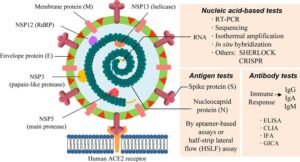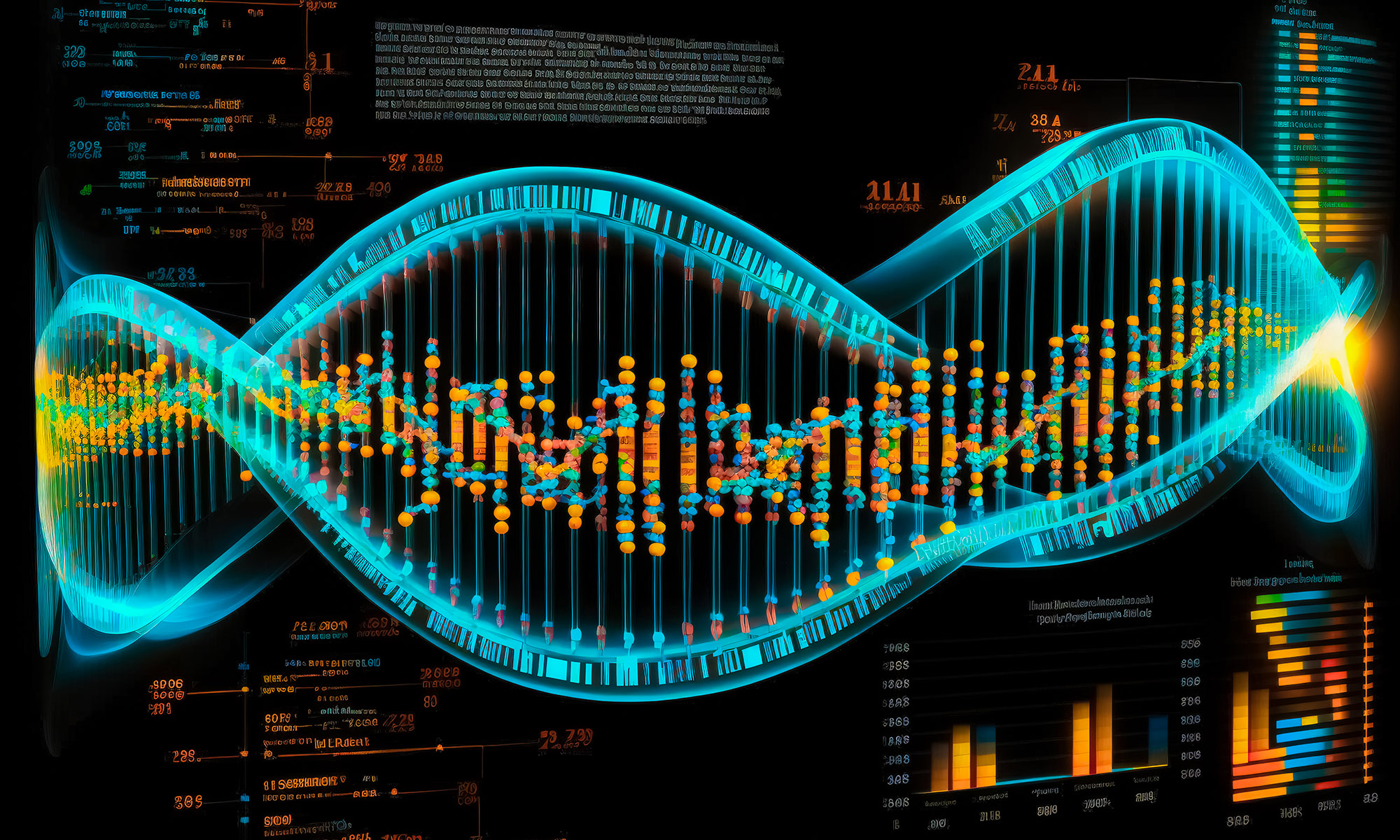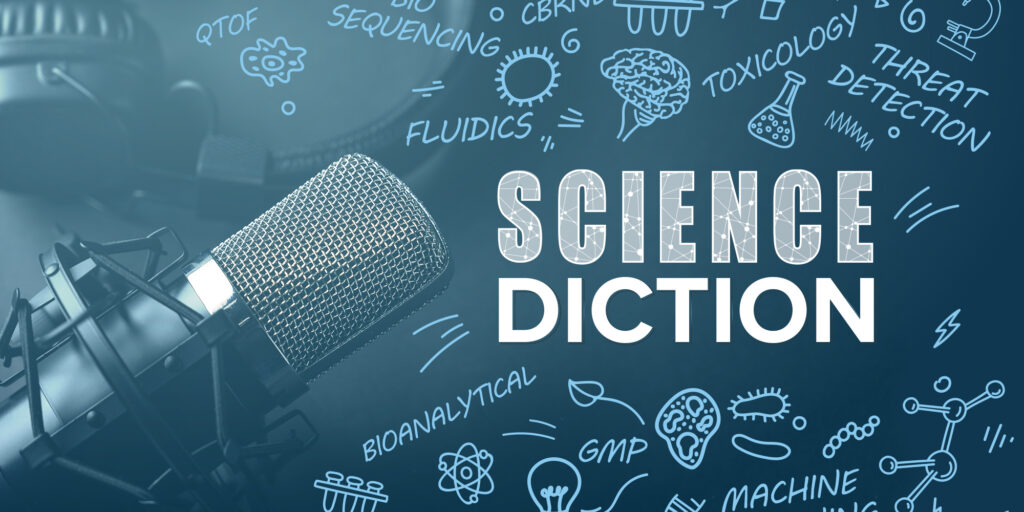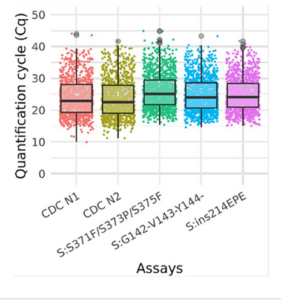Enables Understanding of Viral Genome to Support Diagnostics Development
Bioinformatics is pivotal in the development of molecular and antigen test assays for viral respiratory diseases. Its use enables a wider and deeper understanding of the viral genome and its characteristics that might be relevant to designing effective diagnostic tools.
When looking at the genome of a virus, the sequence information embedded in the primer (or in the amplicon) is important to detection (or classification). There are various targets within the genome and the cell surface to target from an antibody perspective. There is a lot of information packaged into a single virion and it is important to select the optimal target for the intent of the assay, but bioinformatics is there to help hone in on that information.

The Importance of High-Quality Genomic Data for Assay Design
The input of quality data and curation of the database for bioinformatics design is critical to the quality of the result. There are various publicly funded and publicly curated databases available. Their enormous scale creates an opportunity for errors to propagate. When finding the “in group” of targets and the “out group” to be exclusive to, making sure the records in the in group list and out group list are correctly labeled is important. Bioinformatics strategies and tools can specifically curate those databases to make sure the metadata labels are correct.
When checking this, we often find that there are errors in public databases. There are records that should be the inclusive group, but when searching for a given tax ID, some may be omitted because they’re not labeled at the appropriate taxonomic level.
We often see records that are in the taxa of interest, but their rank listed in the database is above or below the correct taxonomic level. The correct label might be captured in metadata fields that are not easily parsable. Scalable bioinformatics tools play a critical role in searching and parsing these metadata fields for potential information that would be beneficial for the assay design effort.




